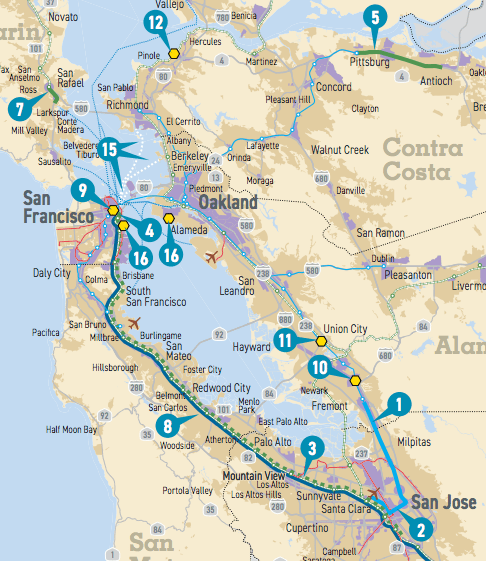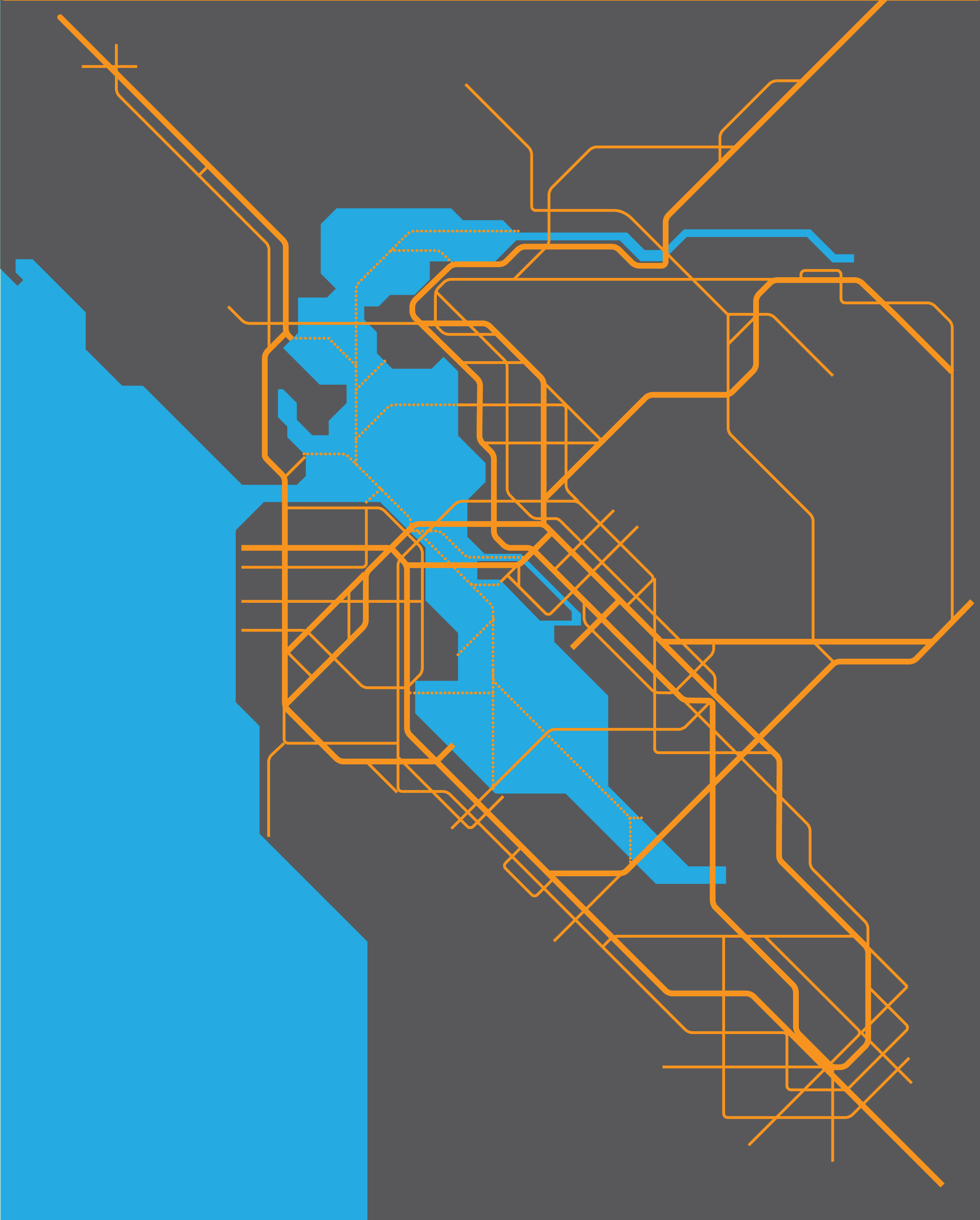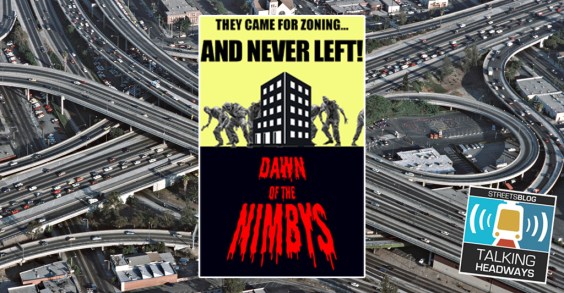Note: GJEL Accident Attorneys regularly sponsors coverage on Streetsblog San Francisco and Streetsblog California. Unless noted in the story, GJEL Accident Attorneys is not consulted for the content or editorial direction of the sponsored content.
Back in June, the Metropolitan Transportation Commission (MTC) announced a “Request for Transformative Projects,” inviting anyone from the San Francisco Bay Area to submit a proposal for a transportation project for potential evaluation as part of Plan Bay Area, the region’s long-range transportation plan. MTC defines “transformational” as including nearly any transit or highway project with a price tag of over $1 billion, projects that address infrastructure resiliency, or projects that could have a transformational impact on operations.
MTC’s intent is to pick 5–10 of the top projects submitted to be evaluated as part of Plan Bay Area 2050, meaning they could be eligible for future funding. Whereas in previous cycles of Plan Bay Area, only public agencies have been able to submit projects for evaluation, this current initiative offers anyone - including individuals, non-profit groups, private companies, or public institutions – the same opportunity.
We at Seamless Bay Area believe it is a step in the right direction to allow entities other than public agencies to develop project ideas. At the same time, the process highlights a fundamentally flawed, backward approach to regional planning and illustrates how MTC ducks its responsibility for regional leadership. Rather than developing a bold vision for transit connectivity, mobility, and customer service across the Bay Area, and using that vision to identify projects that would provide the greatest possible impact, Plan Bay Area starts with projects, and lets those projects dictate the vision.
Think about it this way: If a family were trying to build a house, they would start by hiring an architect. That architect would work with the family to define what’s important to them, and then design a plan for a completed house to address the family’s needs and make them as comfortable as possible. The family would then hire a builder and various contractors to construct the house. If there were not enough money to do the whole house all at once, the architect and family would prioritize building what was most critical, leaving less critical parts until a future phase.
But the way the Bay Area does Regional Transportation planning, it’s as though the family skips the step of hiring an architect and coming up with an overall design vision for the completed house. Instead the family would just put out a call for proposals to various contractors and builders, asking them what they think it is important to build, and then somehow prioritize the projects with the greatest cost/benefit ratio. The result would be a partially complete, illogical house, with a little bit of plumbing here, a little bit of electrical work there; corridors leading to nowhere that may never get used; exposed beams and foundations that are expensive to maintain and erode quickly over time.

By inviting local and sub-regional entities to populate the universe of projects that could be funded for implementation, the Bay Area’s regional “plan” ends up as a grab-bag of disparate, unconnected initiatives that often primarily serve local or sub-regional goals. Potentially more cost-effective, impactful projects that would benefit more people are often not even identified for evaluation. Large, transformational projects often cross multiple jurisdictional and transit agency boundaries, and therefore are not squarely within the mandate of any existing transportation institutions to analyze or propose.
While the Request for Transformational Projects may be intended to address that issue, it’s unclear what quality of projects are going to be submitted through this open call, or how MTC will go about evaluating projects’ feasibility or value. We believe that a professional publicly-funded regional transportation authority with a mandate to deliver seamless mobility would be best positioned to identify truly transformational projects.
Despite our skepticism, Seamless Bay Area submitted a proposal for Fare, Service, and Branding Integration across the 27 transit agencies of the Bay Area to establish a more unified, easy-to-use, customer-focused network. Due to the interdependencies of these three components of public transit – separate brands are necessary so long as fares and services are not integrated – we requested they be evaluated as a single project. The benefits of executing fare, service, and branding integration together greatly outweigh the sum of the benefits of each in isolation.
We are thankful to MTC to have the opportunity to submit this project. At the same time, we feel that this is exactly the type of project that MTC itself, which lists on its website that one of its roles is to “integrate the region’s vast web of rail, bus and ferry lines into a seamless network that’s easy to understand and ride” ought to be proactively spearheading, not leaving it up to outside groups to suggest.
Let’s hope that several truly transformational projects do get studied further as a result of this process — but let’s also pressure MTC to change the way it does regional planning, so that our mobility goals drive projects, and not the other way around.
A version of this post was published on Medium.






